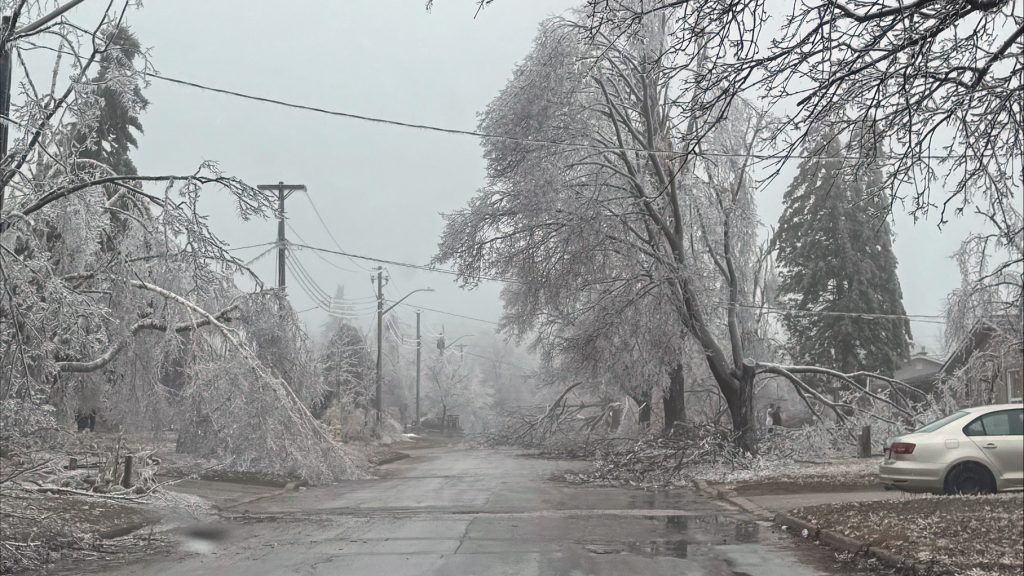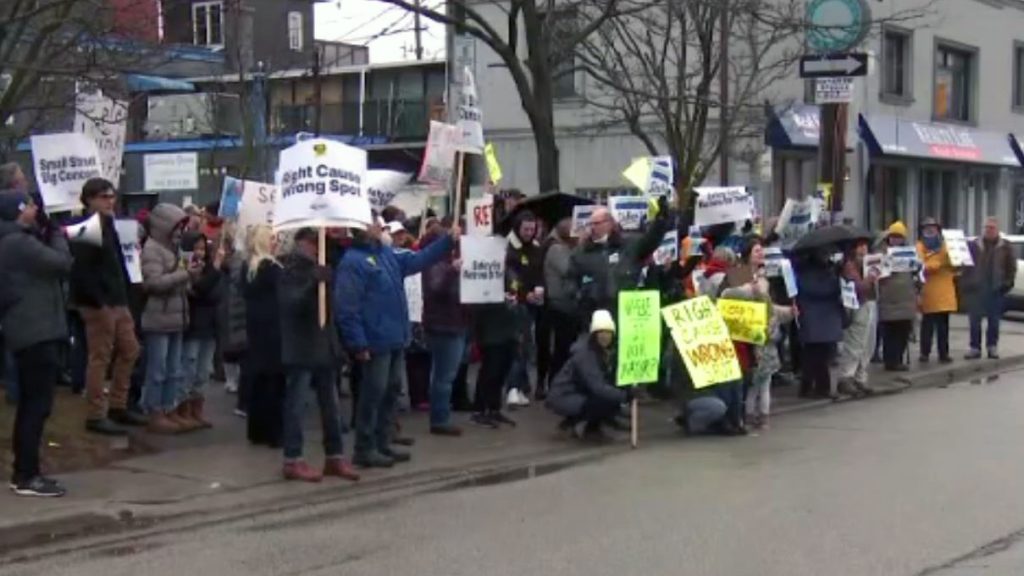Toronto paid more than $17M to clear out from January snowstorm: report

Posted March 22, 2022 6:27 pm.
Last Updated March 23, 2022 10:18 am.
The January snowstorm that affected the Greater Toronto and Hamilton Area (GTHA) cost the City of Toronto more than $17 million, according to a new report.
The amount of spending — almost 20 per cent of the winter maintenance budget for Transportation Services — has prompted new proposed measures by the city and Mayor John Tory.
“As you know, the January 17 snowstorm was unprecedented,” said Barbara Gray, General Manager of Transportation Services. “It involved frigid temperatures, rapid snowfall and snow accumulation of 55 cm — one of the top 10 amounts of snow accumulation ever recorded in Toronto.”
The more-than-$17 million in costs cleared out around 180,000 tonnes of snow. It was the first blizzard warning issued in the City of Toronto since 1978.
According to the Major Snow Event Post-Operation Report, the below-freezing temperatures that followed the storm and lasted for more than two weeks “created a unique set of challenges for storm clean up.”
“None of the existing Council-approved service levels accounts for extreme weather events. Therefore, the levels do not set a feasible response time for a storm of the magnitude experienced in January,” the report states.
“… The January 16-17 winter storm highlighted the need for continuous improvement including the development of an Extreme Winter Weather Response Plan with new service levels.”

A car in Scarborough remains buried in snow after the City of Toronto plows cleared the road. Photo courtesy: CityNews File-Nick Westoll
City highlights need for better response times in extreme weather
The City of Toronto’s Director of Transportation Operations and Maintenance, Vincent Sferrazza, says officials experienced wide-ranging issues and setbacks during the rapid snow accumulation period of the January 16-17 storm.
“When you have such a volume and intensity of snow, traditional salting and plowing operations and equipment used becomes less effective,” he said. “In addition to that, because we had so much snow, there was inefficient snowstorm capacity on the streets, making it much more challenging to clean and maintain the streets.”
The report proposes modifications on how the city responds to specific events by adding three categories. These include Type 4 storms of 25-35 cm, Type 5 storms from 35-50 cm, and Type 6 storms — more than 50 cm.
Sferrazza says the city also came up with a new way to improve snow removal response times across Toronto.
“We have reduced the amount of contracts from 47 to 11 and developed areas and zones. Within those areas and those zones, the contractor retained for that zone will be responsible for the infrastructure type within that zone,” Sferrazza said.
During the winter storm event that saw snow accumulations of 55 cm in just 15 hours, over 500 TTC buses had to be dug out, and over 60,000 calls were made to 311.








